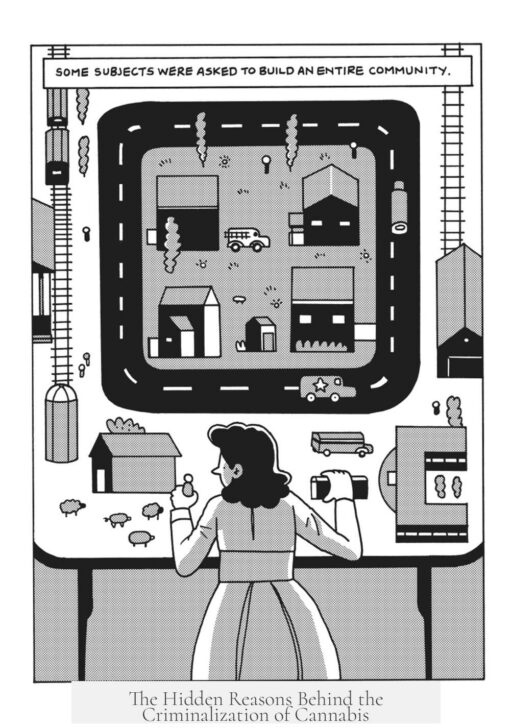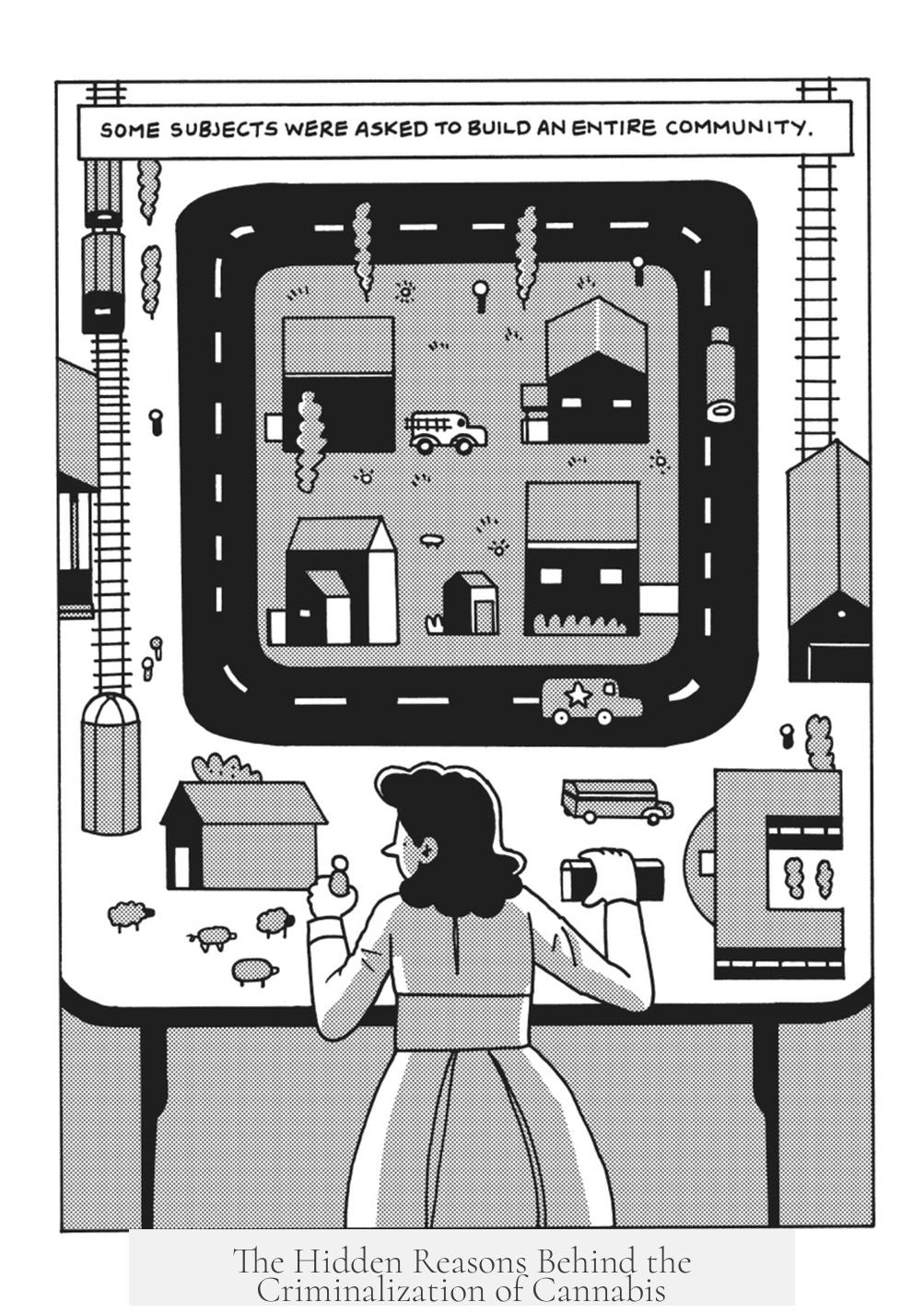Cannabis was made illegal mainly due to economic interests, social biases, and political agendas rather than purely health concerns. Several factors shaped its prohibition in the early 20th century, including competition with hemp and tobacco industries, racial prejudice, and strategic misinformation.
Economically, hemp posed a threat to multiple industries. Hemp was more cost-effective and easier to cultivate than trees for paper production or cotton for textiles. It could grow in harsher climates and required less care than tobacco plants. These advantages made hemp and cannabis suspicious rivals to dominant sectors. Powerful business interests likely influenced lawmakers to ban cannabis to protect their investments and market share. This influence included lobbying and promoting negative perceptions of cannabis to sway public opinion and political decisions.
Social and racial factors played a significant role in cannabis prohibition. The drug became associated with Mexican immigrants, who used it recreationally, fueling xenophobic fears. Authorities linked marijuana use to crime and violence within minority communities, promoting stereotypes that justified tougher laws. The ban helped marginalize and exclude targeted populations from the workforce and society by criminalizing common practices among those groups.
Additionally, puritanical attitudes toward substances like alcohol extended to cannabis. Moral opposition to intoxicants reflected broader social efforts to control behaviors deemed undesirable or immoral during that era.
Scientific claims against cannabis were often exaggerated or flawed. Research was sometimes manipulated to associate marijuana use with aggressive behavior and social problems, reinforcing a prohibition agenda. These claims lacked solid scientific basis but served political and economic goals effectively.
- Economic rivalry with hemp, tobacco, and paper industries influenced cannabis bans.
- Xenophobia and racism linked cannabis use to minority groups to justify prohibition.
- Moral opposition to intoxicants reinforced cannabis’s negative reputation.
- Scientific arguments against cannabis were often exaggerated to support bans.
Why Was Cannabis Actually Made Illegal? Unveiling the Knotty Truths Behind the Ban
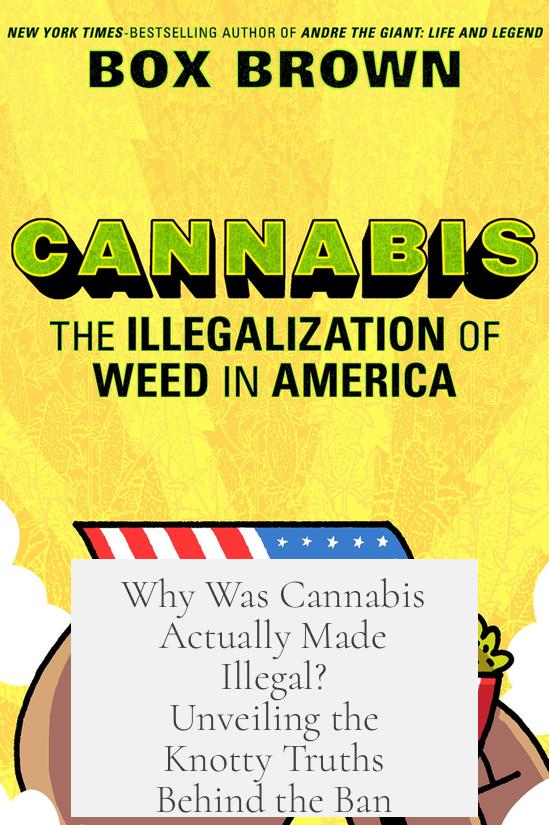
Why was cannabis made illegal? The short answer: a tangled web of economics, racism, moral panic, and opportunistic politics. This isn’t just about a single cause or a wave of hysteria; it’s a layered story that spans industries, lawmakers, and social biases.
Let’s dive deep—without the confusion—into why this once-common plant was pushed to the sidelines and eventually criminalized.
Economic Interests: The Battle Beneath the Surface
Imagine you’re a business tycoon in the early 1900s. Your company makes paper from trees or tobacco products that line the shelves of every store. Suddenly, here comes hemp—an all-around champion at farming. It grows quickly, doesn’t need fussing over much, and can produce everything from paper to textiles to rope. It’s like the Swiss Army knife of crops.
The thing is, hemp was **way easier to grow on a large scale** compared to trees. You didn’t need to slice and dice an entire forest to make paper if hemp could do the job. Plus, hemp fibers outlast cotton and are pretty close to indestructible in harsh weather. That has tobacco’s executives sweating—they rely on a fussy plant with specific climate needs.
This leads us to powerful corporations working behind the scenes. Big companies—armed with cash and connections—played a major role convincing politicians that hemp (and cannabis by association) was a threat to the economy. Sound like conspiracy? It isn’t the first time money influenced legislation.
The Puritanical Grip on Morality

Now factor in the moral crusaders of the time. America was still wrestling with the Prohibition era—the era that banned alcohol. These puritanical groups weren’t just content with outlawing booze. Cannabis, often called the “Devil’s Lettuce,” became the next villain.
The moral argument wasn’t about hemp’s utility—it was about what people *might* do after using it. Just like alcohol was blamed for ruining families, cannabis got the blame for corrupting souls. Never mind the science. The moral opposition was loud, persistent, and persuasive.
Xenophobia and Racism: The Ugly Underbelly
This is where the story gets darker. The initial push against cannabis wasn’t just economic or moral—it was *deeply* racial. The plant was closely associated with Mexican immigrants, who used it recreationally. This terrified certain segments of the population who associated cannabis with “the other.”
Lawmakers exploited these fears. Laws against cannabis became tools to drive away Latino communities and other minorities. Not only was cannabis criminalized, but it was linked—inflated and fabricated—with violence and crime supposedly inherent in these “undesirable” groups.
We see a pattern: campaigns that painted marijuana users as dangerous or socially deviant conveniently targeted underclass communities. This conveniently justified a surge in policing and removing these populations from the workforce.
Dubious Science: When Facts Take a Holiday
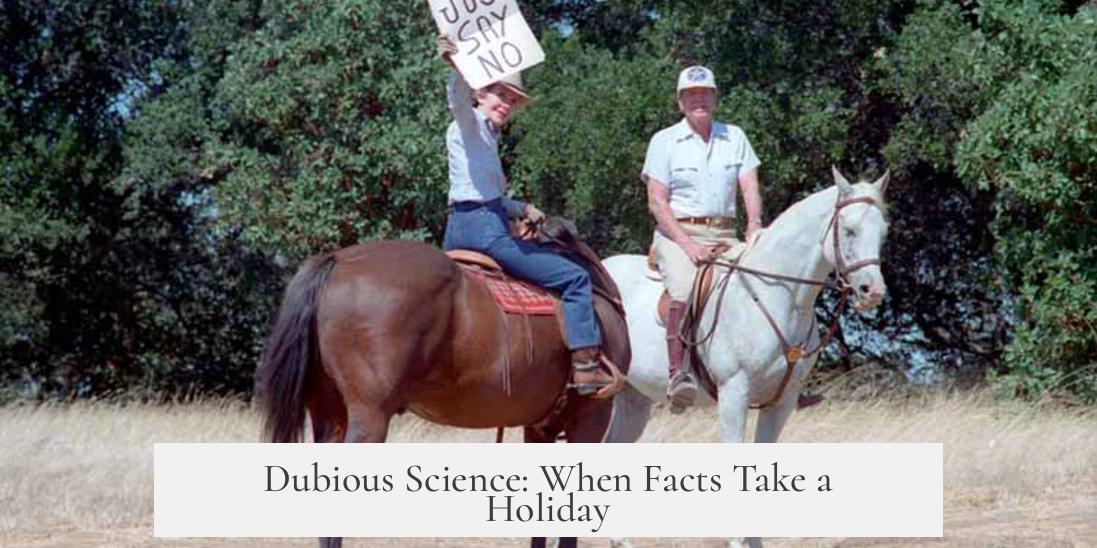
Backing up these fears were supposed “scientific” studies claiming marijuana caused aggression, violence, and all kinds of misbehavior. But ask any anthropologist or historian: these studies were often shallow, biased, or outright wrong.
Science was mobilized like a weapon—to push political and social agendas, not to objectively study cannabis. These “research papers” played a key role in molding public opinion and gave the government a “scientific” basis for making cannabis illegal.
Putting It All Together: A Complex Mix Fueled the Ban
Look at the ban on cannabis and you see it was less about health concerns and more about power, profit, and prejudice. **Economic interests feared competition from hemp. Moralists feared societal change. Xenophobia fueled racialized fears. Flawed science spun fear-based narratives.**
When you stack all these factors, it’s no surprise cannabis was pushed into illegality. It was a perfect storm: a plant with industrial potential, stigmatized by racial and social anxieties. And legislation followed.
What Does This Mean Today?
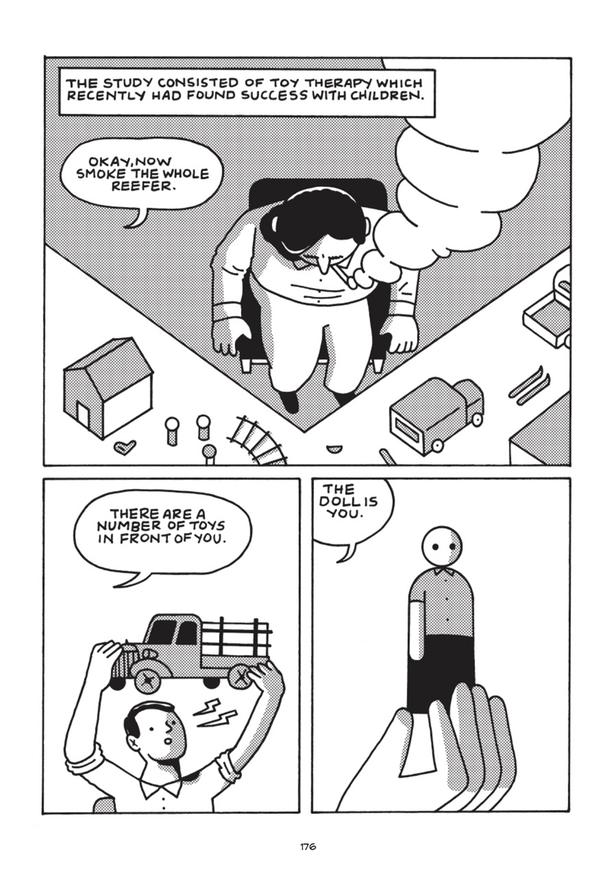
We’re slowly unraveling this knot. Many states and countries are legalizing cannabis again, recognizing its medical benefits and limited harms. The economic potential of hemp is being rediscovered. And we’re confronting the bias and racism that poisoned cannabis policy for decades.
So why was cannabis actually made illegal? Because it was easier to ban a plant than to challenge deep economic interests, confront racial biases, or rethink moral certainties.
As society changes, so do our laws. The past’s mistakes serve as lessons. Next time you see a hemp product or cannabis dispensary, remember it’s not just a plant—it’s a story of resistance, fear, and power that we’re still rewriting today.
Takeaway for the Curious Reader:
- Fact Check the Science: Scrutinize what you read about cannabis; some studies are still tainted by bias.
- Recognize Economic Motives: Big business often drives the agendas behind “common-sense” laws.
- Question Social Narratives: Ask who benefits when a group is vilified or criminalized.
- Explore Hemp Beyond THC: Hemp’s environmental and industrial advantages remain hugely underrated.
Next time someone asks, “Why was cannabis illegal?” you can say, “Let me tell you the whole story.” It’s more than a plant and its effects—it’s a tale of economics, morality, fear, and power plays. And it’s far from over.
